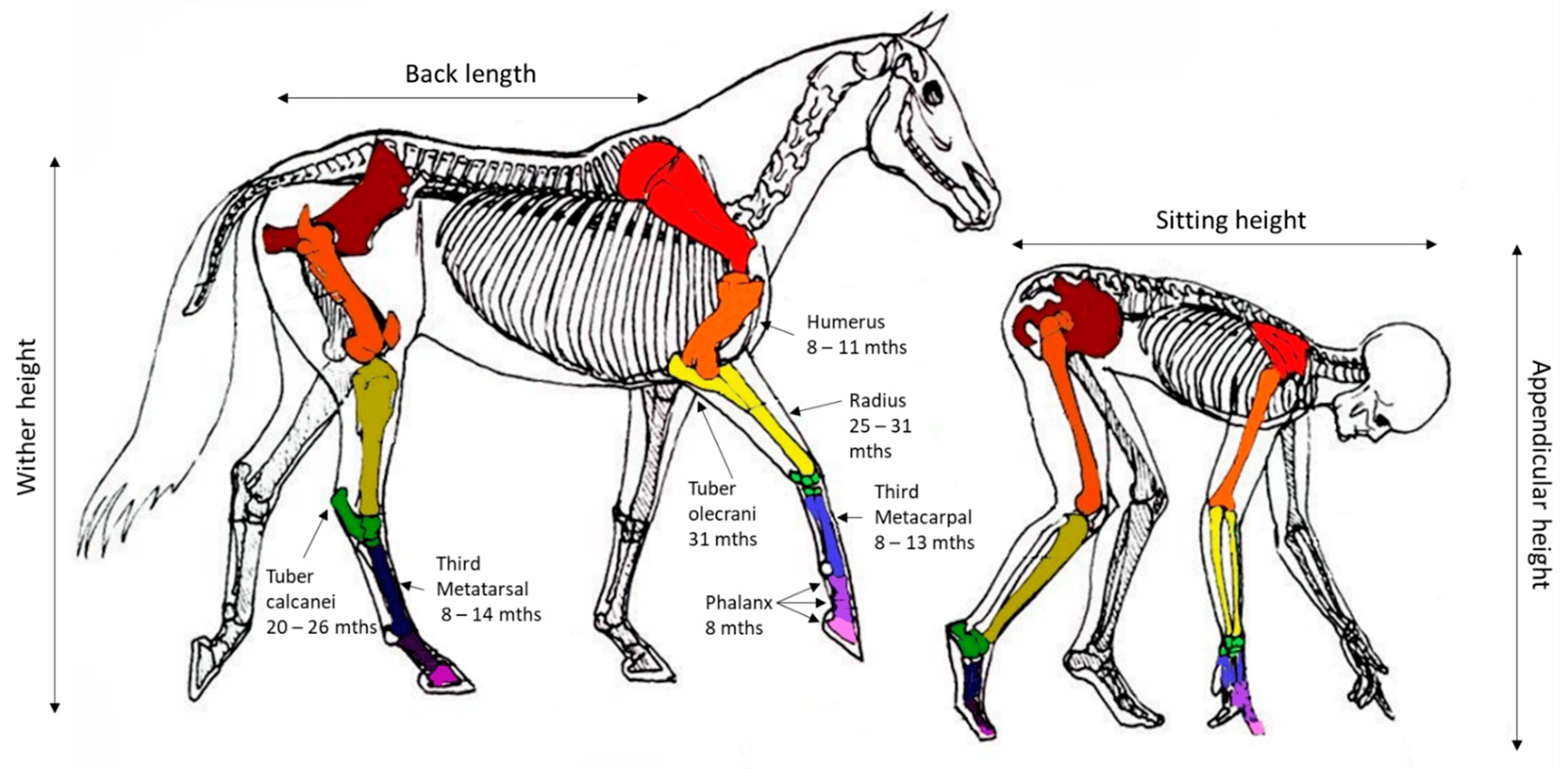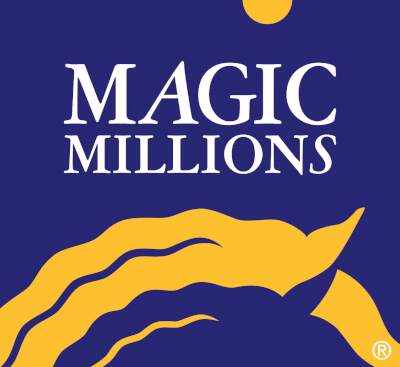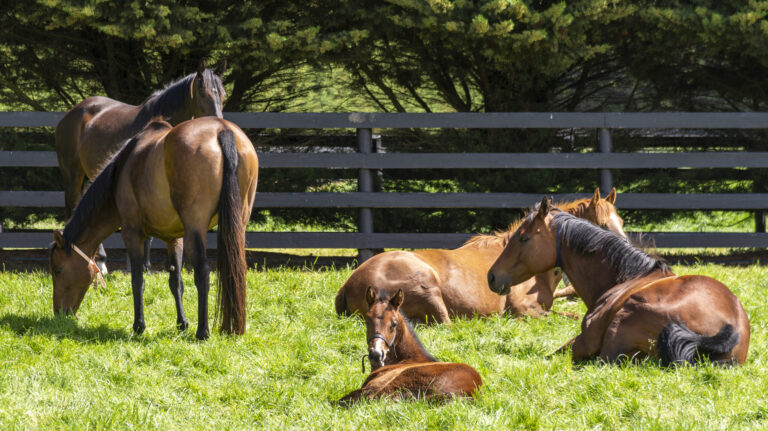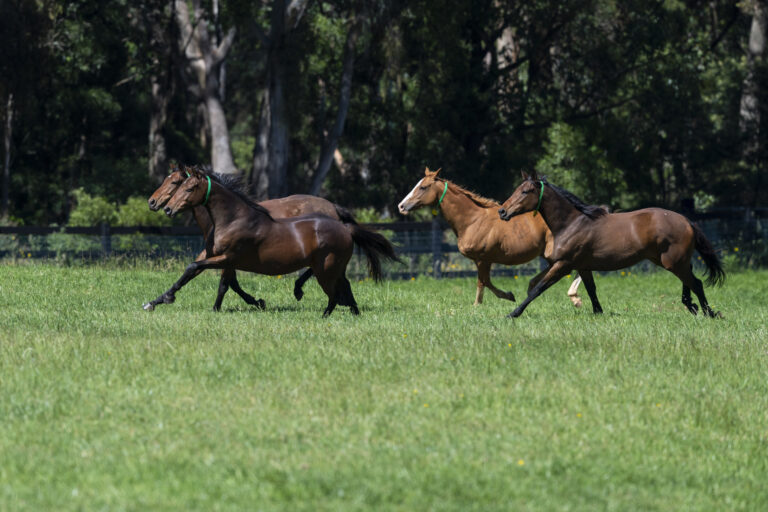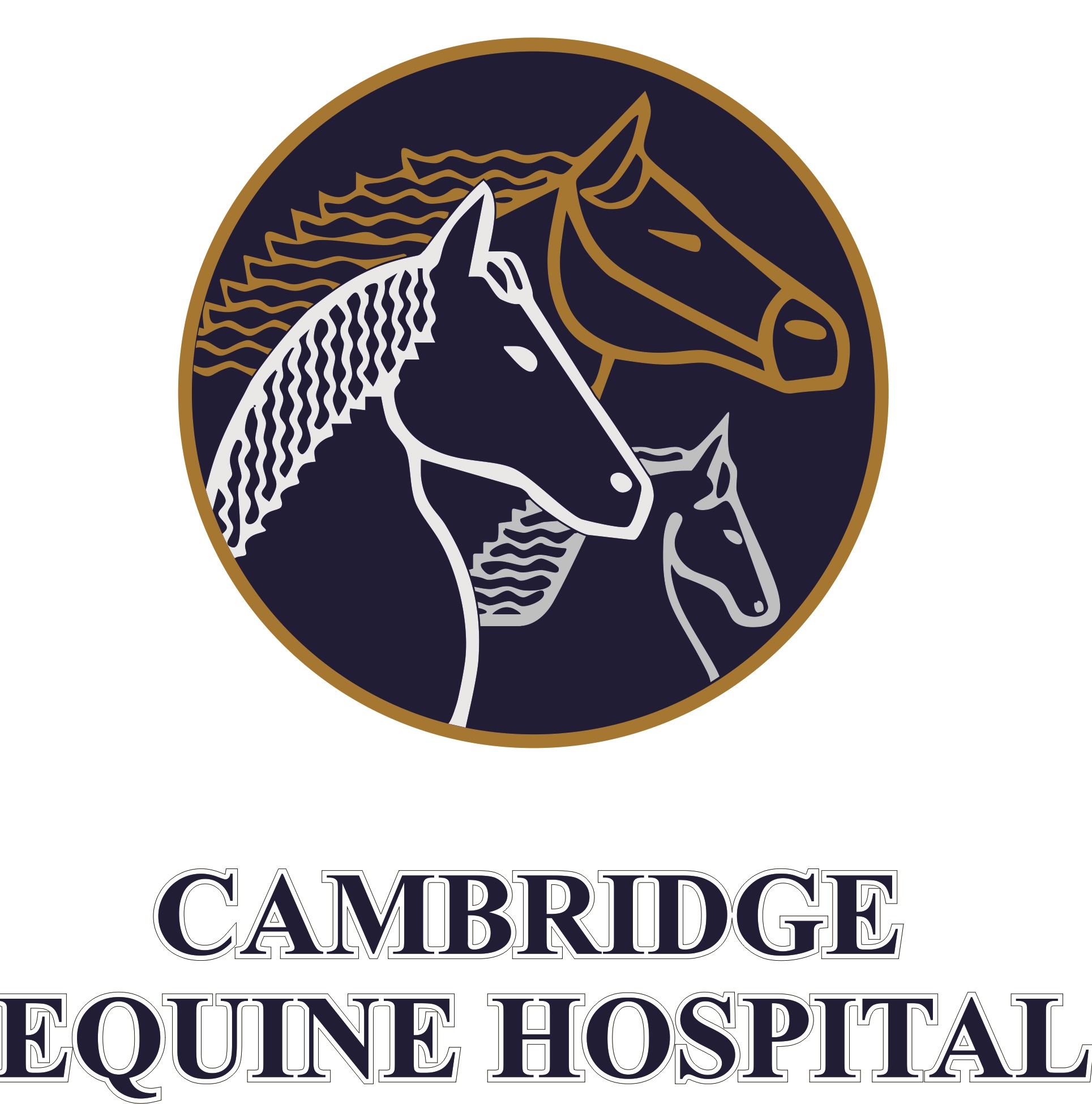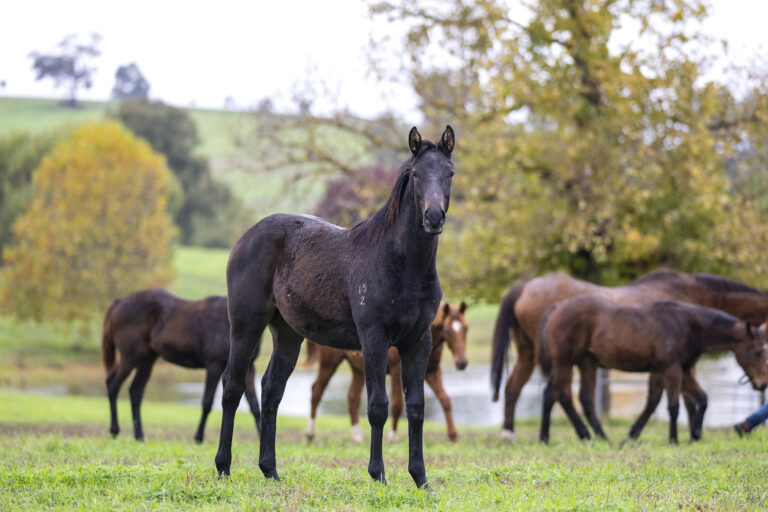Source: Professor Chris Rogers MAgrSc, PhD
Simple Summary: A comparison of the pattern of growth in the horse with definitions used to
describe growth and development in humans demonstrates the same general pattern of growth. In
the horse, these development periods are completed very early in life, generally by 2 years of age.
Using a variety of measures to define the completion of growth and bone development, the horse
enters skeletal maturity by the time it is 2 years old. There is little variation in the age of maturity
across different horse breeds. These data support the hypothesis that the horse evolved to be a
precocious cursorial grazer and is capable of athletic activity, and used in sport, relatively early in life.
Abstract: Within the lay literature, and social media in particular, there is often debate about the
age at which a horse should be started and introduced to racing or sport. To optimize the welfare
and longevity of horses in racing and sport, it is important to match exercise with musculoskeletal
development and the ability of the musculoskeletal system to respond to loading. The justification
for not exercising horses at a certain age is often in contrast to the scientific literature and framed,
with incorrect generalizations, with human growth. This review provides a relative comparison of
the growth and development of the horse to the descriptors used to define growth and development
in humans. Measures of physeal closure and somatic growth demonstrate that the horse completes
the equivalent of rapid infant growth by weaning (4–6 months old). At approximately 11 months old,
the horse completes the equivalent of the childhood phase of growth and enters puberty. At 2 years
old, the horse has achieved most measures of maturity used within the human literature, including
the plateauing of vertical height, closure of growth plates, and adult ratios of back length:wither
height and limb length:wither height. These data support the hypothesis that the horse evolved to
be a precocious cursorial grazer and is capable of athletic activity, and use in sport, relatively early
in life.
